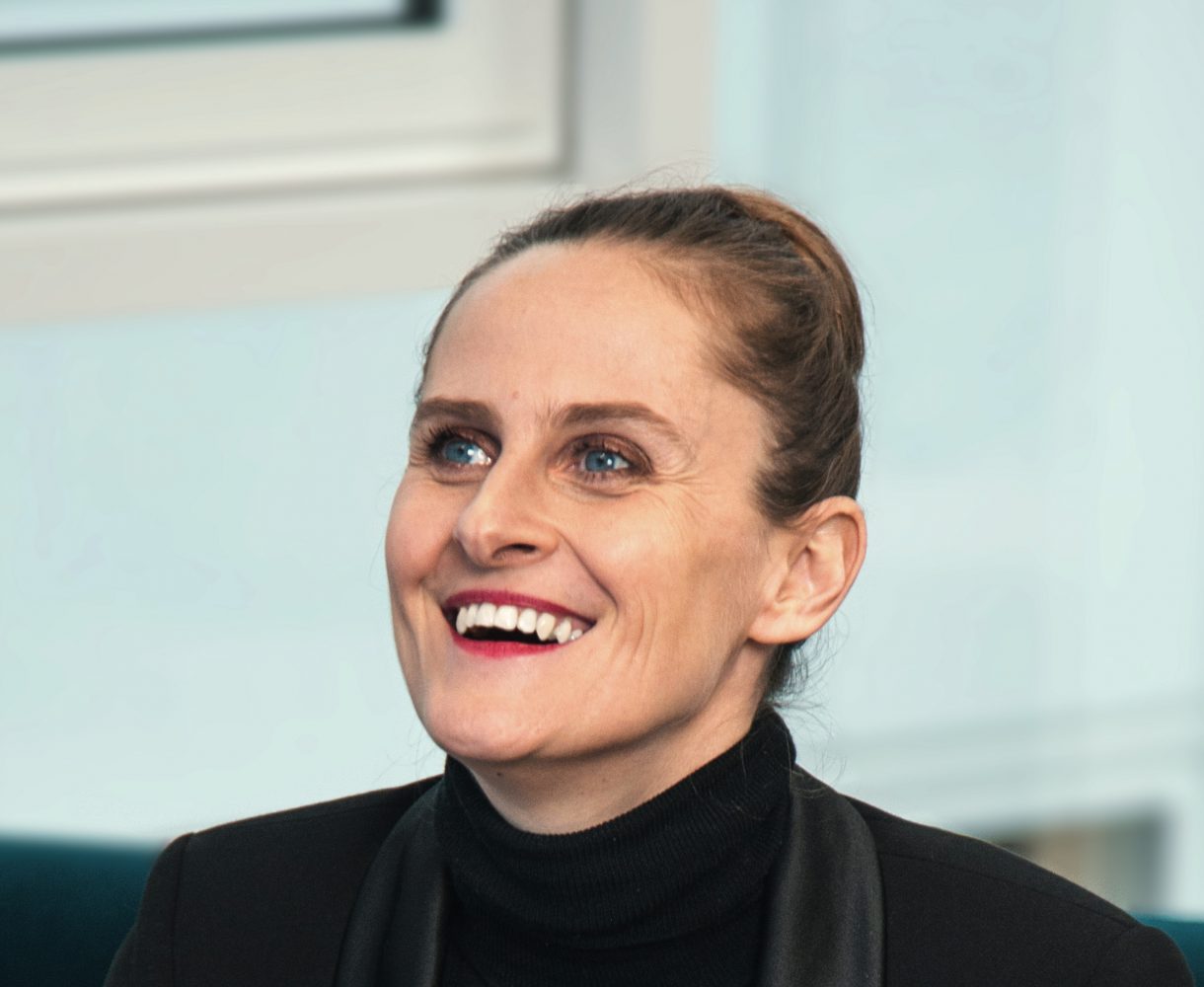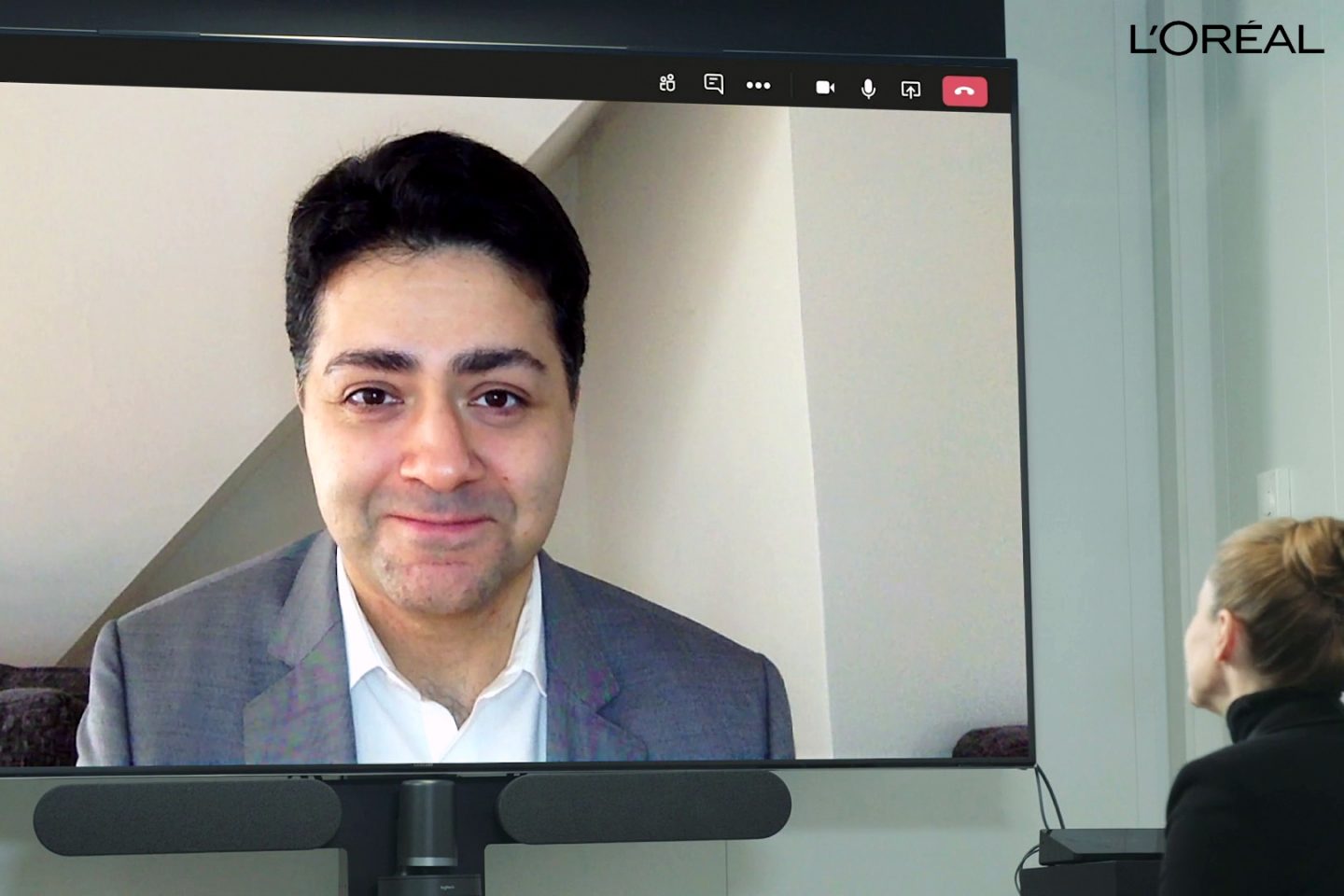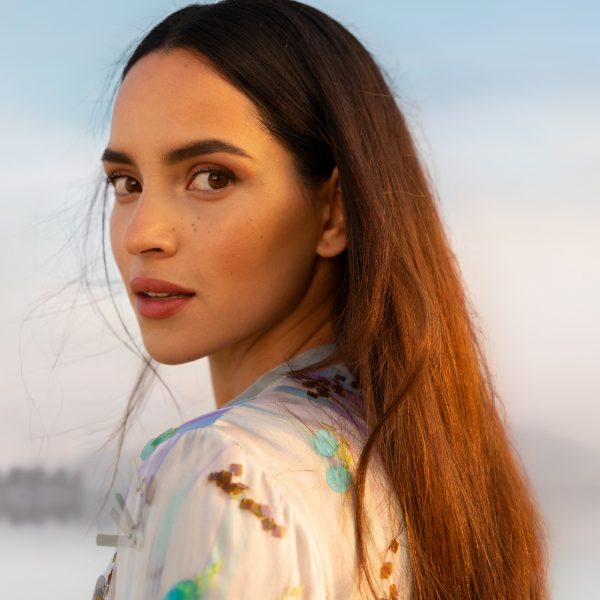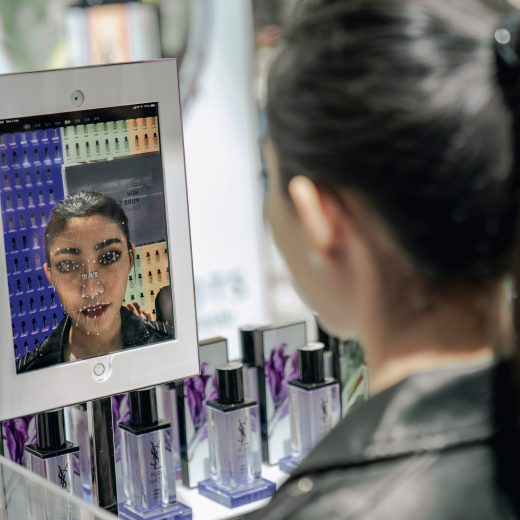
Lubomira Rochet
Lubomira Rochet: Digital is one of L’Oréal’s main growth drivers, and this became even more apparent during the crisis.
We owe our digital edge to the digital muscle we have been building for the past 10 years, which has now transformed L’Oréal into a true digital-first company, leading us out of adversity and shaping the future of our beauty industry. This transformation was made possible by the digital upskilling of more than 40,000 employees over the past few years as well as the mobilisation and endurance of all teams during this exceptional year, on all levels.
While offline points of sale were hard hit by health measures due to the Covid-19 pandemic, L’Oréal was able to accelerate its e-commerce capabilities and maintain a close relationship with its consumers thanks to digital media. In this context, we can be proud of our performance: a quarter of our business, 25%, is now done on e-commerce. Over 60% of our media spending is on digital, and we have reached 60 million consumer conversations online.
Our agility is also a key factor that made it possible for us to absorb a large part of the decline in sales through physical touchpoints. E-commerce compensated for 50% of the decrease. And the Group's brands remained visible at all times because we continued to invest in digital, strengthening ties with our consumers.
Partnerships and start-ups also play a major role in pioneering beauty tech to redefine the beauty experience for our consumers. The Group is connected to investment funds and tech accelerators such as Partech, Founders Factory, Station F in Paris, and Plug and Play.
Thanks to these partnerships, the Group is able to identify the best technology and best teams and integrate these innovations in all digital activations. A great example of this is ModiFace. We have had more than one billion visits to our ModiFace services, including makeup try-on, hair colour try-on and skin diagnosis.

Parham, maybe you could tell us about ModiFace and why augmented reality technology is so relevant to the consumer experience today?
Parham Aarabi: At ModiFace we’ve always believed in the importance of trying products on your own face. First of all, because it’s fun; people enjoy doing it. But it’s also useful. It helps people. In the time it would take to try on five real products, they can try on a hundred virtual products. It’s much more efficient. And now that people spend more time at home, virtual try-on is becoming a really key metric, a key technology for experiencing beauty products. Whether it’s trying on hair colours or makeup shades or finding the best skin products, Modiface technology is now really helping people to understand and explore those products from the comfort of their homes, and I think that is very empowering and very useful, especially given the current situation.
Lubomira Rochet: Thanks to this collaboration, ModiFace virtual try-on technology, which has developed five different services, is now available in 80 countries for 30 of L’Oréal’s brands. We are also working with 30 e-retailers, and pure players around the world, who are embedding this technology on their own shopping websites.
Social networks are another important touchpoint. We work with the world’s leading platforms—YouTube, Facebook, Instagram, WeChat, Snapchat—to improve the beauty experience and make sure our virtual try-ons are available directly on their platforms, to transform the consumer journey and increase conversion and engagement rates.
Parham, what does the future hold, how will we maintain our digital edge?
Parham Aarabi: There are many things that we are very excited about today. But before going into more detail, to conclude on virtual try-ons, it’s important to remember that the real-life counterpart is actually being in front of a mirror and trying on real products. This is why we want our technology to be as realistic as possible, so users can no longer tell the difference between trying on a real product in front of a mirror and trying on virtual products on a computer or mobile screen. That realism is one of the directions we are really pushing, making virtual and real-life try-ons as similar as possible. We are also combining the different try-on services we offer: hair style, hair colour, makeup and skin diagnosis. The next step will be empowering our consumers to connect the dots. For example, linking the foundation colour a user tries on to the best match for hair colour and to skin concerns they may have. It’s about creating a comprehensive try-on experience. That’s also something we see coming soon and which we’re very excited about.
Lubomira Rochet: We are also working with our brick-and-mortar partner retailers, especially in the context of the contactless economy due to the current public health conditions, to make sure that consumers can try before they buy. We have included QR codes and virtual makeup try-ons directly on the shelves to make sure our consumers have the best experience online but also offline.
There are so many ways in which we will continue to innovate and I’m very happy to continue this partnership with all the ModiFace teams.



